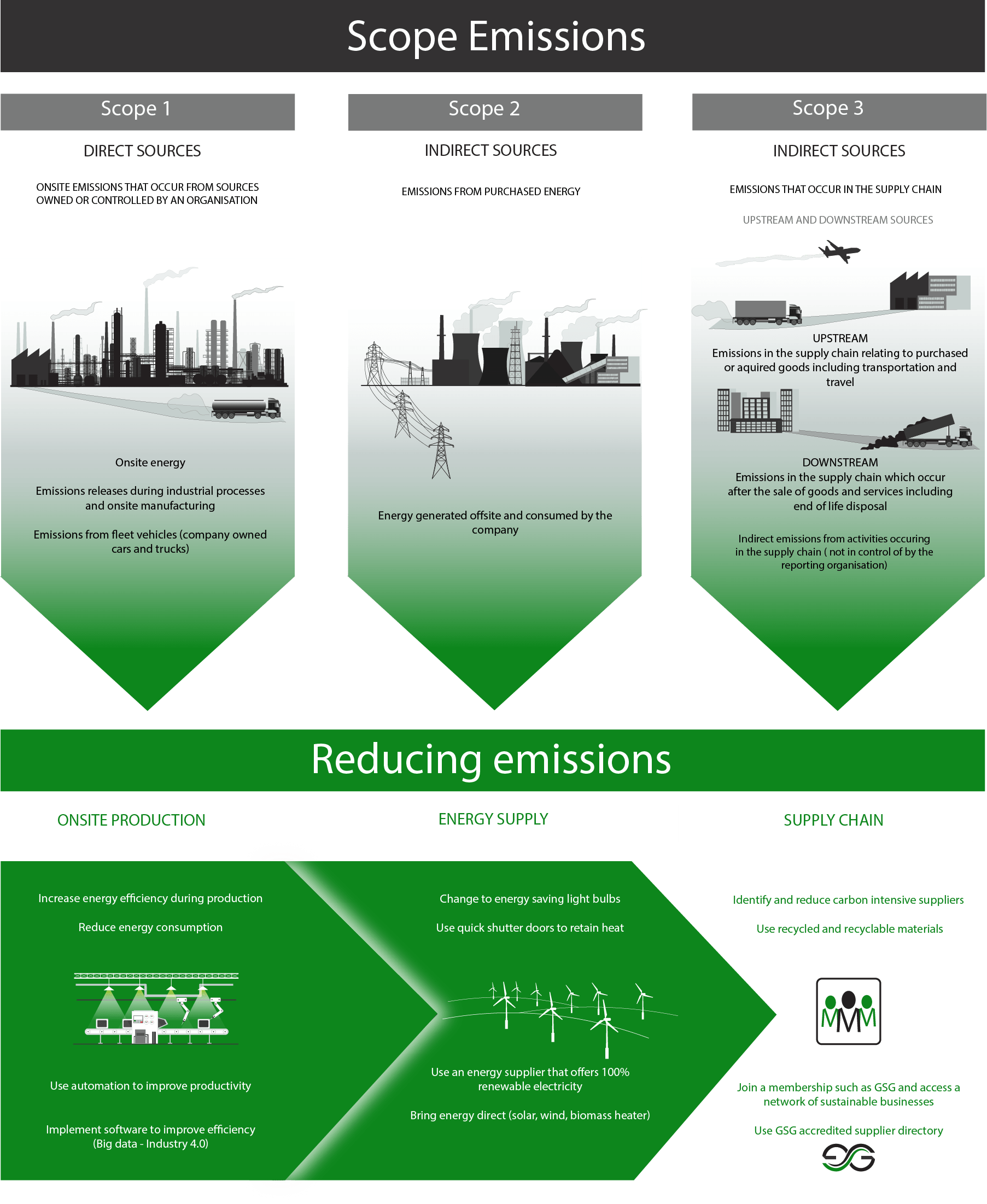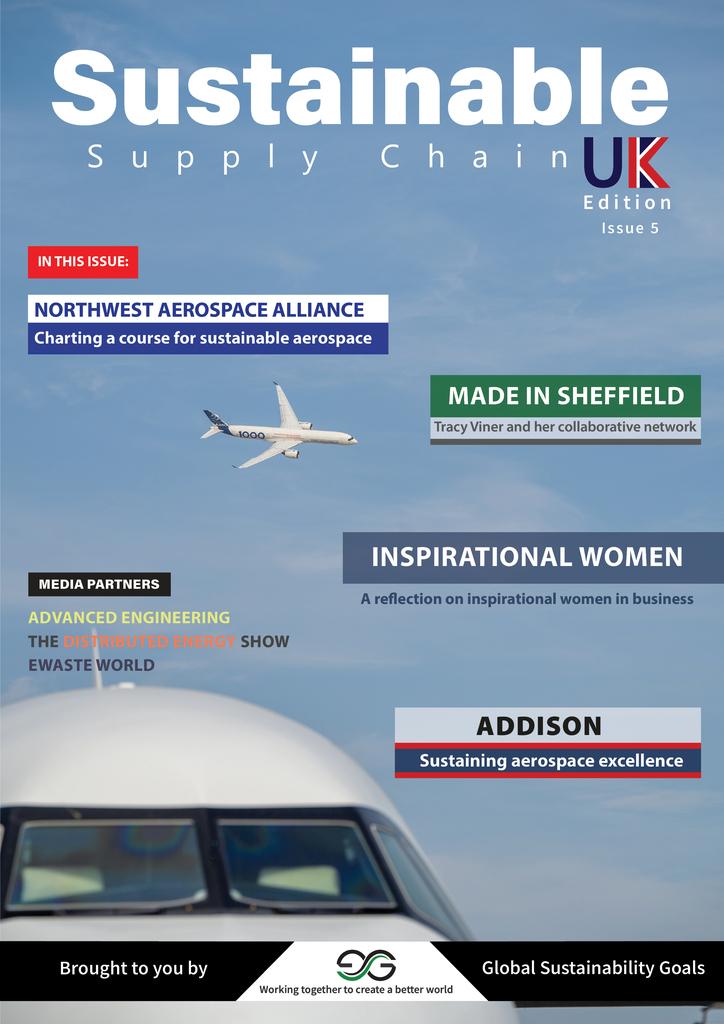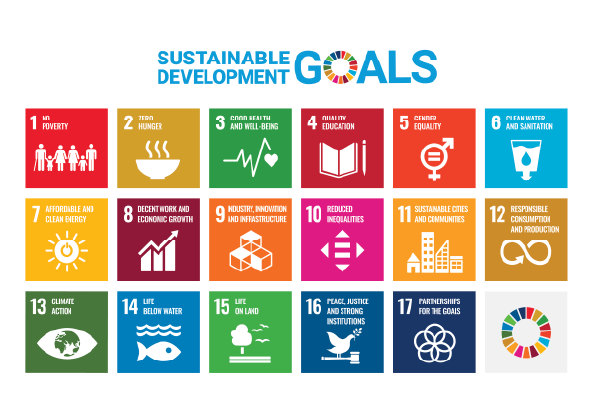
HS2: Balancing Environmental Concerns with Sustainable Solutions
In recent news coverage, there has been considerable attention on the environmental impacts of the HS2 project, with concerns raised about its effects on wildlife habitats and soil erosion. While these concerns are valid, it’s important to also highlight the proactive measures being taken to mitigate these impacts and promote sustainability.
One aspect often overlooked is the extensive efforts being made to protect and preserve wildlife along the HS2 route. From carefully planned relocation of species to the implementation of advanced techniques to minimize disruption to ecosystems, HS2 is demonstrating a commitment to safeguarding biodiversity.

The broader perspective reveals that HS2 is not just about constructing a high-speed rail network; it’s about building a more sustainable future. By providing a greener alternative to car and air travel, HS2 stands to make significant reductions in carbon emissions, contributing positively to efforts to combat climate change.
With the spotlight increasingly on supply chain emissions through initiatives like SCOPE (Supply Chain Carbon and Pollution Offset Enforcement), it’s crucial for the suppliers and contractors involved in the HS2 project to uphold sustainability standards. By ensuring that the entire supply chain is aligned with the goals of reducing carbon output and minimizing environmental impact, HS2 can truly deliver on its promise of a sustainable transportation solution for the future.

Helpful points to sustainable construction
- Pollution Control Measures: Implement stringent pollution control measures to minimize the release of pollutants into the air, soil, and water during construction activities. This includes using low-emission construction equipment, employing dust suppression techniques, and implementing sediment and erosion control measures to prevent runoff into nearby water bodies.
- Noise Reduction Strategies: Minimize noise pollution from construction activities by using quieter construction equipment, scheduling noisy activities during off-peak hours, and installing sound barriers or acoustic enclosures to mitigate noise impacts on nearby communities.
- Traffic Management: Develop comprehensive traffic management plans to minimize congestion, reduce emissions from construction vehicles, and alleviate stress on local road networks. This may involve coordinating construction schedules to minimize peak traffic periods and providing alternative transportation options for workers.
- Community Engagement and Consultation: Engage with local communities and stakeholders to understand their concerns regarding pollution and stress during construction. Communicate transparently about mitigation measures being implemented and solicit feedback to address specific issues and minimize disruption.
- Green Procurement Practices: Prioritize the procurement of construction materials and equipment with low environmental impact, such as electric or hybrid vehicles for construction fleets and low-emission building materials. This can help reduce pollution from construction activities and promote sustainable practices within the construction supply chain.
- Health and Wellbeing Initiatives: Implement initiatives to safeguard the health and wellbeing of workers and nearby residents affected by construction activities. This may include providing access to healthcare services, offering mental health support programs, and creating safe and accessible recreational spaces for relaxation and stress relief.
- Air Quality Monitoring: Conduct regular air quality monitoring throughout the construction process to assess the impact of construction activities on local air quality. Use the data collected to identify areas of concern and implement measures to mitigate air pollution emissions.
- Green Space Preservation: Preserve and protect green spaces and natural habitats adjacent to construction sites to provide areas for relaxation and stress relief for nearby residents. This can help mitigate the psychological stress associated with urban development and construction activities.
- Public Health Education: Provide public health education and awareness campaigns to inform local communities about the potential health risks associated with construction-related pollution and stress. Empower residents with knowledge and resources to protect their health and wellbeing during the construction phase.








